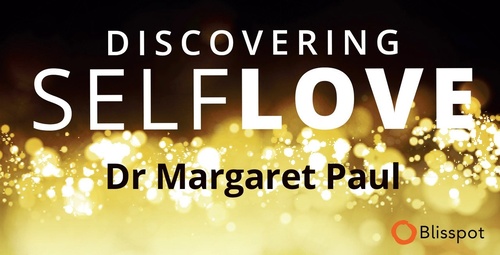A high frequency is necessary to feel love and joy, and to manifest your dreams. Learn two secrets to keeping your frequency high.
I have discovered that there are two choices I can make that, together, invariably put me into a high frequency and bring me inner peace and joy. While either of these choices are always beneficial, together they are incredibly powerful!
Gratitude
We all know how important gratitude is, but the problem is that often we express our gratitude in a fairly rote manner. The kind of gratitude I’m referring to is moment-by-moment gratitude for every big and little thing, and the overriding gratitude that we are never alone – that spirit is always here for us.
The most powerful feelings of gratitude are feelings that arise in the present moment: for your own soul, for your body, for the people in your life whom you love and who love you, for the animals you love and who love you, for the guidance of Spirit, and for the very fact of your life. Also powerful are feelings of gratitude for big and small acts of kindness, for understanding, caring, gentleness and tenderness of both loved ones and strangers, and for new insights that open your heart. Remember to express gratitude for the things that nurture you – good food, a hot bath, a wonderful book, the beauty of nature, a belly laugh, moving music, a great movie, a cuddling pet, a child’s laughter, a tender hug, time with friends and loved ones, and so on.
How often do you remember to express gratitude – or is your mind often preoccupied with what you need to get done, or how to avoid rejection, or with complaints or endless self-judgments? It is a powerful practice to consciously express gratitude throughout the day.
Compassion
Equally powerful is compassion for your own and others’ painful feelings and challenging situations. Compassion is a balm to the soul. Often, when we are intent on trying to control another, what we are trying to get from them is compassion, caring and connection.
Before Inner Bonding, I spent years and years trying to get compassion from others – my parents, friends, children and other relatives. I used many kinds of controlling behavior – crying, complaining, attacking, people-pleasing, blaming, withdrawing and withholding love, judging myself and others – to get someone to give me the compassion and caring that I was not giving to myself. It was such a shock to me to discover that what I really needed was compassion for myself. I was great at giving it to others, but I never knew that I also needed to give it to myself. I thought if I gave it to others, they would naturally give it to me, but all too often, they didn’t. And giving compassion to others, with the hope of them giving it to me, was just another form of control.
It’s amazing what happens when I bring in compassion from spirit to my own feelings. This is what makes me feel seen and heard. This is what calms me and opens me to my guidance. Compassion is such a powerful energy that when I bring it inside to my own feelings, and then extend it out to others, it becomes an invisible shield against taking in the negativity of others, and a powerful way to feel connected with others. When I extend compassion to others when they are controlling, recognizing that they are protecting against the pain of disconnection, I am able to maintain my connection with myself, with spirit and with them.
Now I know that the way to keep my frequency high is to express gratitude for everything, and compassion, and caring for myself and others, no matter what! Especially expressing gratitude that, even in heartbreak, I am never alone – that guidance is always here for me. This is what allows me to feel love, peace and joy, and to manifest my dreams.








